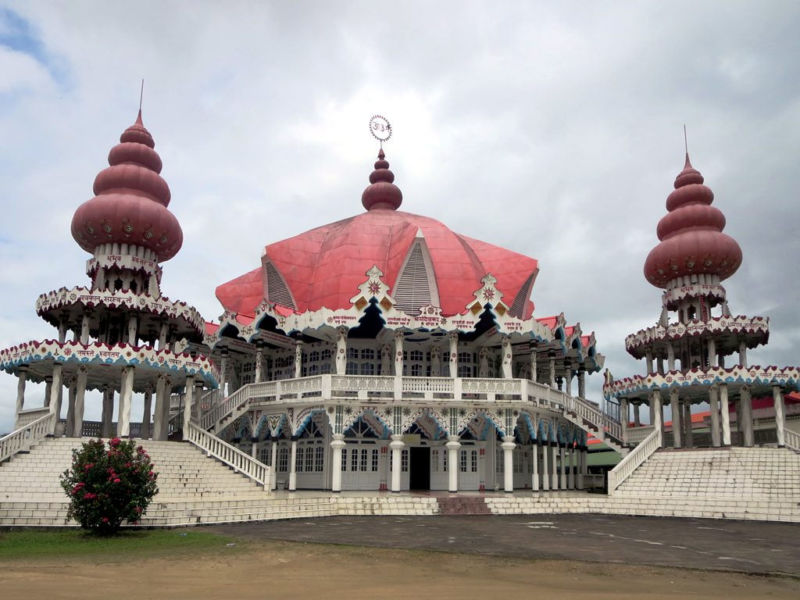Linguistic time capsule in South America sheds light on human migration

Enlarge / One indication of Suriname's complicated past is its large Hindu population. (credit: David Stanley)
Tiny Suriname, the smallest country in South America, punches far above its weight in linguistic diversity. Many people speak Dutch, but if you visit, you're also likely to hear Hindi, Javanese, a variety of indigenous languages, Portuguese, Cantonese, and possibly others. This real-world Babel, in a country of fewer than 600,000 people, is a relic of Suriname's colonial history.
The language that enables everyone to communicate is Sranan. It's a creole that serves as a linguistic time capsule, capturing Suriname's brief tenure as a British colony before the territory was ceded to the Dutch in 1667. This time capsule status has allowed a group of researchers to use Sranan to reconstruct details about migration to the colony from England in the 1600s. Their results show how cultural artifacts could be used to trace human migration-and might one day help researchers trace the origins of enslaved people.
A living linguistic fossilCreole languages arise in relatively extreme situations, when different groups of people find themselves in prolonged contact without a shared language-like in a young colony. People use bits of different languages to try to communicate, and over generations, these halting "pidgin" languages become fully fledged natural human languages: creoles.
Read 12 remaining paragraphs | Comments